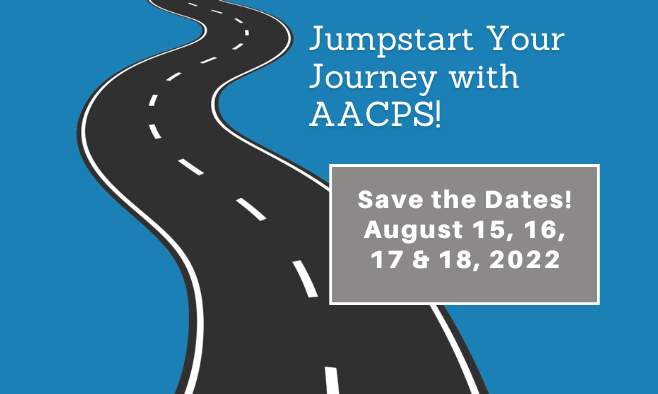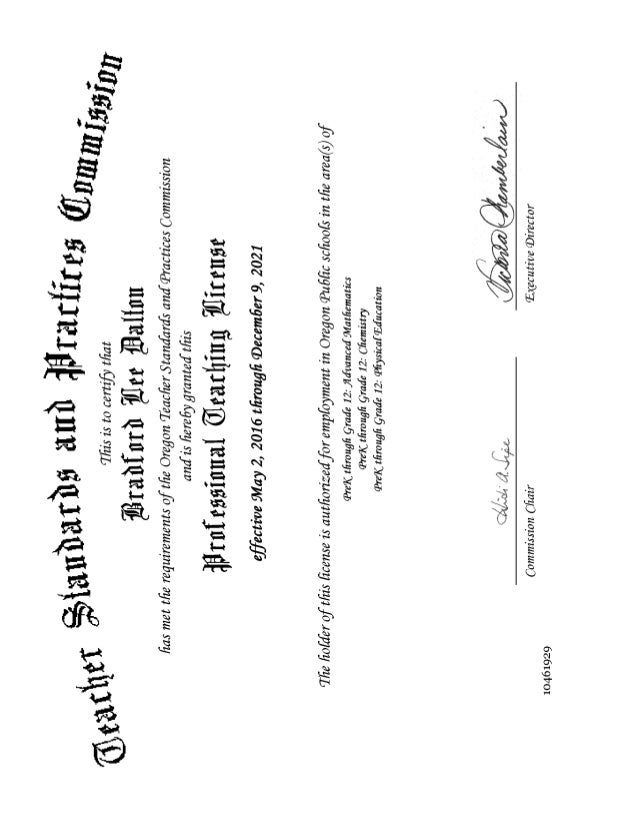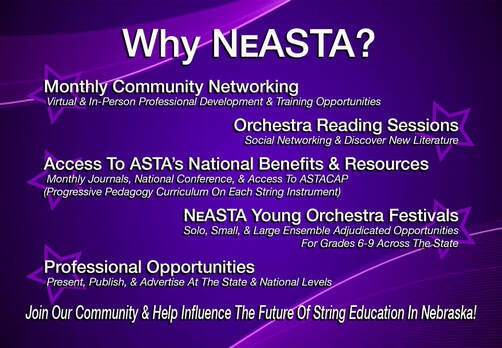
These are the things you need before you can start your own online design course. Plan your course. This includes developing a design system and creating a lesson plan and template. You might also be interested in incorporating live quizzes to spice things up. This will enable you to evaluate learner comprehension in real-time.
Plan your course
When planning an online course, there are many factors you should consider. When planning your online course, you must consider who the students are and their learning styles. If you're aiming to teach a more structured learning style, make sure your course is engaging and appealing. There are many options for creating engaging online courses.
Planning is essential when creating a course. A course planning tool can help you organize and plan your ideas and goals. It will also give you a solid base to work from. These guides will help you to create learning objectives for your course, select content and align activities with those objectives.
Create a design system
Design systems are an effective and popular way to ensure consistency in your product's look and feel. They can make your product stand out and reduce the number design decisions. A course in design systems can help you create your own design system.

Design systems can speed up the development process if you work in a team. They make all applications consistent. You'll learn foundational design concepts, including pattern inventory and how to integrate patterns into production environments. Learn how to use design tokens. This powerful tool helps you create consistent interfaces.
Develop a lesson plan
Students can learn from a variety perspectives when they are exposed to a well-designed course. Lesson plans can help instructors define learning objectives and plan content. They provide a framework to prepare learning materials and assess students' progress. They should be flexible enough for a professor to use. They should explain the major points of each lesson, and offer opportunities for interaction. These are some ways to create a course planning.
First, determine your target audience. How many students will enroll in your course? What kind of content will they require to learn? Once you have identified your audience, it is time to start building your course. A storyboard template can be used to create a lesson plan. You can also develop a lesson plan using Bloom's taxonomy. This theory suggests that the learning process can be broken down in to different levels: remembering and understanding, analyzing, evaluating, creating, and evaluating.
Create a lesson plan template
An online course's lesson plan template can be a helpful teaching resource. The lesson plan template is a useful teaching resource for online courses. It provides instructors with a guideline and guidelines to help them keep the course's content on track. They also make the course material easier to follow. There are many lesson-plan templates. These templates may be adapted to fit different fields.
Templates should be easy to edit and contain key learning objectives. It should also break down the different sections and include a timeline.

Create a template lesson plan
A lesson plan describes the content that a student will be learning. It defines learning outcomes and objectives and should include activities that students can perform in class or at home. It should also outline the topics the student will cover, and break them up into sections. It should include a timeline, objectives, and descriptions for each section.
You should consider how students will learn when you create a lesson planning template for an online class. A good article or video is a good start, but you may want to use other methods as well.
FAQ
What does it take to be a teacher early childhood?
First you need to decide if your career path is in early childhood education. First, you need to obtain your bachelor's. In some states, students must have a masters degree.
You'll likely have to take classes during the summer. These courses will cover subjects such as curriculum development and pedagogy (the art or teaching).
Many colleges offer associate degree programs that lead directly into a teaching certificate.
Some schools offer certificates or bachelor's degree in early childhood education. But others only offer diplomas.
There may not be any need for additional training if your goal is to teach from home.
What is homeschooling exactly?
Homeschooling is a method of education where children learn at home from their parents. It is also known as private education, self-education, or home educating.
For families who wish to educate their children at home, homeschooling is an excellent option. This allows them access to a quality education while staying at home.
The parents educate their children from birth to high school. They decide which subjects they will study and how long each one should be. Every subject is taught by the student in his/her own time.
Parents decide when to begin teaching their children. Many schools recommend that children enroll in classes between the ages four and twelve. However, some families choose to wait to begin teaching their children until they reach kindergarten.
Parents may use any number of resources to guide them through the curriculum. You can learn valuable lessons from books, videos, websites and magazines.
Many families find homeschooling works well for their busy schedules. The parents can spend more time together than traditional public school teachers.
Are you able to teach early childhood education without going to college?
It is not possible, however, to better prepare yourself for your future career in this field, it might be worth looking into college.
It's important to note that becoming a teacher isn't easy. Every year, many people are rejected. Many students also quit college after only one semester.
On top of all this, you still have to meet strict qualifications to become a teacher.
How much does homeschooling cost?
Homeschooling comes with no fees. Some families charge between $0-$20 per lesson. Other families offer no-cost services.
It takes effort and dedication to homeschooling. Parents need to make sure they have enough time to spend with their children.
They also need to have access book, supplies, books, and other learning resources. Many homeschoolers need to access community programs and events to complement their curriculum.
Parents must consider the costs associated with transportation, tutors, and extracurricular activities.
In addition, homeschoolers must plan ahead for field trips, vacations, and special occasions.
How can I apply to college
There are many options available for how to apply to college. You can get started by contacting your high school guidance counselor or admissions representative. Many high school applications can now be submitted online. You can also get in touch with local colleges. Most colleges will accept online applications through their website.
You can apply by mail, but you will need to complete the application and write a personal essay. Also, send copies of any required documents. The personal statement gives you an opportunity to share why you want to attend this particular institution and how it would benefit you. The personal statement helps you to communicate your motivations and goals to the admissions committee.
You can download sample essays from this website.
What is a vocational college?
Vocational schools are institutions offering programs designed for people who want to enter a specific occupation. They might also offer general education courses or training in the skills that employers require.
Vocational education is an essential part of our society as it helps young people acquire the skills necessary to succeed in their lives. It ensures that all students have access to high-quality learning opportunities.
A vocational school offers its students a range of options, including apprenticeships, certificates, diplomas, degrees, college transfer programs, and other postsecondary credentials. Vocational schools provide both academic and practice-oriented subjects such as math and science, English and social studies.
Statistics
- Think of the rhetorical power of nineteenth-century abolitionist Harriet Beecher Stowe, Martin Luther King, Jr., or Occupy Wall Street activists with their rallying cry of “we are the 99 percent.” (bostonreview.net)
- And, within ten years of graduation, 44.1 percent of 1993 humanities graduates had written to public officials, compared to 30.1 percent of STEM majors. (bostonreview.net)
- Among STEM majors, that number is 83.5 percent. (bostonreview.net)
- They are also 25% more likely to graduate from high school and have higher math and reading scores, with fewer behavioral problems,” according to research at the University of Tennessee. (habitatbroward.org)
- “Children of homeowners are 116% more likely to graduate from college than children of renters of the same age, race, and income. (habitatbroward.org)
External Links
How To
What is vocational training?
Vocational Education prepares students for work by giving them skills that are required for a specific job, such as welding. It also includes on-the-job training in apprenticeship programs. Vocational education stands out from general education. This is because it focuses less on general knowledge and more on developing skills for specific occupations. Vocational education does more than prepare for university. It helps people find jobs after graduation.
Vocational education is available at all levels of education, including primary, secondary, high school, college, universities, technical institutes as well as trade schools, community colleges and junior colleges. Many specialized schools are available, including nursing and culinary schools, law schools medical and dental schools, veterinary medicine school, veterinary medicine schools, firefighting training schools, police academies, military academy, and other military schools. Many of these schools offer both academic instruction and practical experiences.
Over recent decades, there have been significant investments made in vocational education by many countries, including Australia, Denmark (Finland), Germany, Ireland and Japan. However, it is not clear if vocational education is effective. Some argue it doesn't improve students' employability, while others argue it prepares them for the future.
According to the U.S. Bureau of Labor Statistics 47% of American adults have a postsecondary certificate. This is a higher percentage among those who have more education. 71% are currently employed in fields that require postsecondary qualifications.
The BLS reported that almost half the adult population of the country had at least one form of postsecondary credential as of 2012. About one-third of Americans held a two-year associate degree, while about 10 percent held a four-year bachelor's degree. One in five Americans has a master's or doctorate.
The median annual salary for people with a bachelor's was $50,000. This compares to $23,800 for those who don't have a degree. For those with advanced degrees, the median wage was $81,300.
For those who did no high school, the median salary was only $15,000. Those with less than a high school diploma earned $13,000 per year.